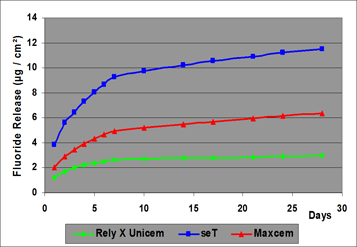seT research
seT – a self etching, self adhesive resin luting cement
Performance
- Al-Naimi O, Lopes M B, Fujita M & McCabe J F; Fluoride Release of seT Self-Etch/Self-Adhesive Resin Cement with that of Other Competitor Products; University of Newcastle, 2005.
- seT; THE DENTAL ADVISOR, Vol. 25, No. 8, Oct 2008.
- Perry R, Carey J, Defuria C, Orfanidis J, Stark P; Bonded and Self-Adhesive Cements’ Bond Strength between Zirconia-Crowns and Dentin; Tuft University, USA, Abstract # 0970, Toronto IADR 2008.
- Papadogiannis D., Kakabura A., Chakmakchi M., Eliades G.; Conversion and acid-base reaction in self-etch resin cements; Athens University, Abstract I.D. #346, IADR/CED, Munich, 2009.
- seT 18 month Clinical Performance; THE DENTAL ADVISOR, Vol 27, No. 7, Sept 2010.
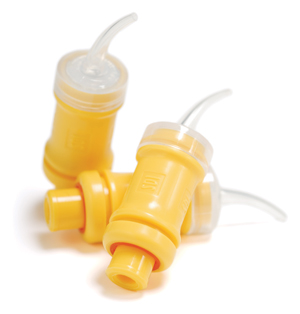
Performance
Al-Naimi O, Lopes M B, Fujita M & McCabe J F; Fluoride Release of seT Self-Etch/Self-Adhesive Resin Cement with that of Other Competitor Products; University of Newcastle, 2005.
Purpose: to measure the fluoride release of three self-etch/self-adhesive resin cements: seT (SDI Ltd. Australia); Rely X Unicem Aplicap (3M/Espe Germany); and Maxcem (Kerr Corp., USA).
Results: cumulative fluoride release
Throughout the study the fluoride release was significantly the highest from seT cement and significantly the lowest from Rely X Unicem cement.
Performance
seT, THE DENTAL ADVISOR, Volume 25, No.8, Oct. 2008.
seT is a self-etching, self-adhesive, fluoride relasing, dual-cured resin cement that was evaluated by The Dental Advisor’s consultants and received a 96% clinical rating!
Many consultants rated the flow of the cement to be very good, had a nice viscosity and great adaptation to walls and posts. They found the mixed cement easy to use and cleans up nicely – a five plus rating!
Performance
Perry R, Carey J, Defuria C, Orfanidis. Stark P; Bonded and Self-Adhesive Cements’ Bond Strength between Zirconia-Crowns and Dentin; Tufts University, USA, Abstract #0970, Toronto IADR 2008.
Objective: To examine the retention strengths of two different cement types—Bonded Resin Cements and Self-Adhesive Resin Cements— between zirconia crowns and dentin in vitro. The following groups were tested:
Group 1: Self-Etch/Self-Adhesive Resin-Cement: Set (SDI)
Group 2: Self-Etch/Self-Adhesive-Resin-Cement: Maxcem (Kerr)
Group 3: Self-Adhesive-Resin-Cement: Rely-X Unicem Clicker (3M ESPE)
Methods: Fifty-one extracted human molars were prepped for all-ceramic crowns. The crowns were cemented according to manufacturers’ directions for each of the three cement groups (N=17). Cemented teeth were stored in distilled water for 3 days at 37°C and then thermocycled for 300 cycles between 5°C and 55°C with a dwell of 30 seconds. Instron machine with crosshead speed of 5mm/min was used to pull the crowns until failure.
Results: The strength data was compared using one-way analysis of variance (ANOVA). The p-value of 0.086 suggests that there is no statistically significant difference among the 3 groups. The average bond strengths were Group 3=316.8N, Group 1=284.4N, and Group 2 =208.7N.
Performance
Papadogiannis D., Kakaboura A., Chakmakchi M., Eliades G.; Conversion and acid-base reaction in self-etch resin cements; Athens University, Abstract I.D. #346, Munich IADR/CED, 2009.
Introduction: Self-etch, self-adhesive resin cements have benn recently introduced to facilitate the luting process and reduce chair-time. These materials set with a dual mechanism (Free radical polymerization and an acid-base reaction). The aim of the present study was to investigate the C=C conversion and acid-base reaction in self-etch resin cements.
Methods: Seven commercial products were tested (Table 1). The setting reaction was studied by ATR-FTIR spectroscopy. An ATR accessory was placed in the sample compartment of an FTIR spetrometer. Spectra of non-exposed (NE) and exposed (E) specimens (standard mode, 750mW/cm2), dark storage at 37 degrees in all cases) were taken before setting, at setting time (NE) or after 20s light-exposure (E) and the at 10 min, 30 min, 1h and 72h for both setting modes. The extent of C=C conversion was assessed by measuring the amount of remaining C=C bonds (%RDB) employing the two-band technique. For the acid-base reaction the salt yield was evalauted after spectra normalization (C=O peak, 1720/cm). ANOVA was used to assess the statistically significantly differences (alpha = 0.05).
Table 1 :
| BisCem (BC) | Clearfil SA Cement (CS) | G-Cem (GC) GC | MaxCem Elite (MX) | Rely-X Unicem | SmartCem2 (SC) | seT (ST) |
| Bisco | Kurrary, JPN | JPN | Kerr, USA | 3M ESPE, USA | Dentsply/Caulk | SDI, AUS |
Results:
The %RDB was found significantly lower in exposed specimens for all materials tested. In all specimens %RDB was found to decrease with time. In the group of exposed specimens ST demonstrated teh lowest %RDB and SC had the highest, whereas in the non-exposed group, BC showed the highest and GC the lowest %RDB. Higher salt yield was observed in non-exposed specimens than the irridiated ones. In most non-exposed specimens the highest salt yield was observed at 72h, although the rate of the acid-base reaction showed great variations. The highest salt yield was observed in material BC. In irridiated specimens RX and GC showed a rapid build-up of the salt yield, within 10 min after irridiation. In BC, CS, MX, ST and SE there was an increasing salt yield up to 72h.
Performance
seT 18 month Clinical Peformance, THE DENTAL ADVISOR, Volume 27, No.7, Sept. 2010.
A total of 314 restorations were cemented over a 20-month period using seT. All of the restorations were all-ceramic restorations with the exception of one PFM crown. Of the 314 restorations, there were nine inlays/onlays, 47 anterior crowns and 258 posterior crowns. One hundred and ninety-eight restorations were recalled – 176 at 18 months and 22 at 12 months.
Results:
- Marginal Discoloration – Resistance to marginal discoloration was excellent with a 96% rating.
- Sensitivity – Lack of sensitivity was excellent with a 96% rating.
- Retention – Resistance to debonding was excellent with a 96% rating.
seT is a user-friendly, reliable self-adhesive resin cement resulting in minimal marginal staining, post operative sensitivity and a high retention rate, when used in the cementation of all-ceramic restorations.
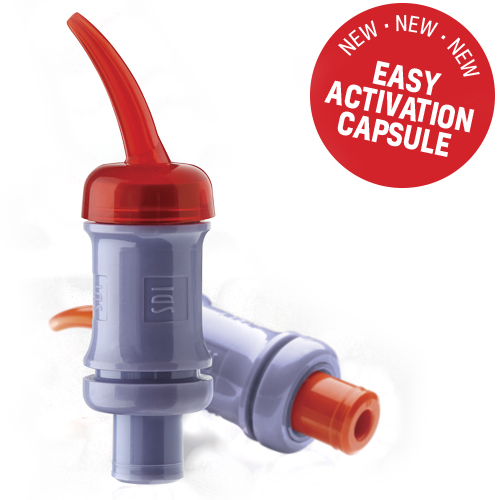
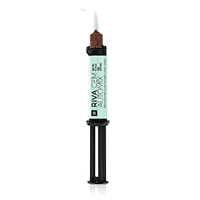
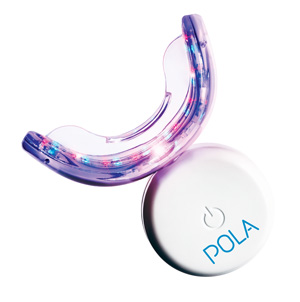
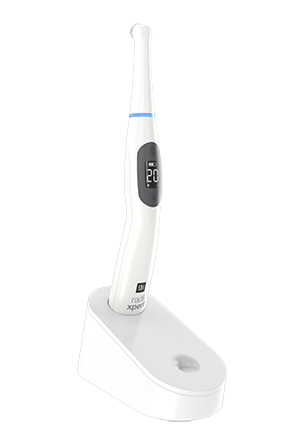
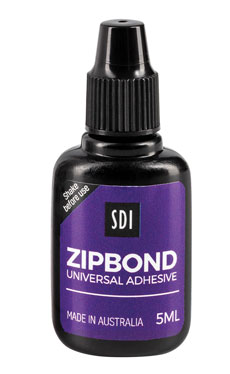


 New Zealand -
New Zealand - 
 United States -
United States -  Canada -
Canada -  Canada -
Canada -  Central/South America -
Central/South America -  Brazil -
Brazil - 
 United Kingdom -
United Kingdom -  Ireland -
Ireland -  Germany -
Germany -  France -
France -  Italy -
Italy -  Spain -
Spain -  Poland -
Poland -  Portugal -
Portugal -  Czech Republic -
Czech Republic -  Other European countries -
Other European countries - 



